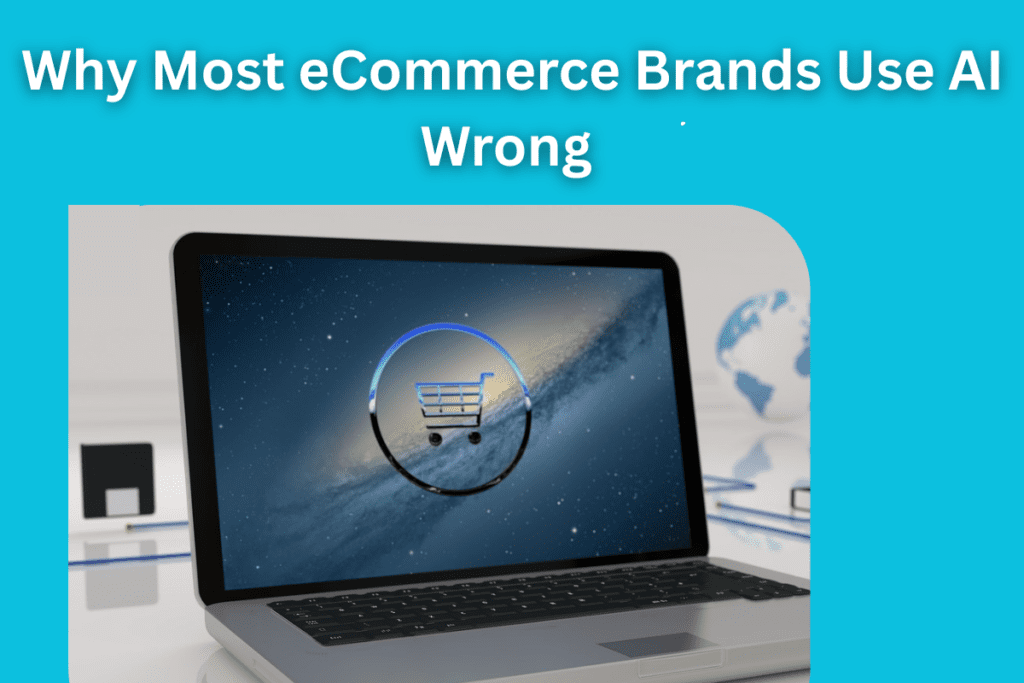We have all been there. We are using a website, an app, or some other digital experience, and we start to get frustrated.
Maybe the buttons are too small and we can’t click them accurately. Maybe the website is loading slowly and we just want to get our information already.
Whatever the reason may be, user frustration is a real issue that can cause people to leave your website or app without completing their desired action.
In this blog post, we will discuss what user frustration is, why it matters for digital experiences, and how you can design around it to create a more satisfying user experience!
What is User Frustration?
User frustration can be defined as an emotional reaction to any perceived obstacle or barrier that exists between a user and their goal. This can be caused by anything from slow loading times, unclear navigation, long download times, unfinished features, or even technical errors.
It’s important to note that user frustration isn’t necessarily caused by something being wrong with the UI/UX, but rather by a lack of usability or the lack of user understanding.
Common Causes of User Frustration
1. Poorly Designed User Interfaces – When user interfaces are designed poorly, it can lead to confusion and frustration for users who don’t understand how to interact with the interface.
2. Unclear Navigation – Without proper guidance, users may not know where to go or what to do next in an app or website.
3. Slow Loading Times – No one likes to wait for a page to load, and if your website takes too long, users may become frustrated and leave before they even see what you have to offer.
4. Unfinished Features – If there are unfinished features on your site or app, it can cause confusion and frustration as users try to interact with the feature only to find that it doesn’t work as expected.
5. Non-Intuitive User Flows – If a user has to think too hard or take too many steps in order to complete their desired action, it can lead to frustration and ultimately cause them to leave.
6. Too Many Ads or Pop-Ups – Ads can be a great way to make money on your website, but too many ads or pop-ups can interfere with the user experience and cause frustration.
7. Poor Contrast or Choice of Typefaces – Poor contrast between text and background can make it hard to read, and the wrong choice of typeface can lead to headaches for users who may already be frustrated.
8. Technical Errors – These can range from a broken link to an error in code, but any technical error can be a source of frustration for users who are trying to use your app or website.
Why Does User Frustration Matter for Digital Experiences?
User frustration is not just a nuisance; it can have a real impact on your bottom line.
If users become frustrated with their experience, they are more likely to abandon it altogether and look for a better option. It can also lead to lower customer satisfaction levels and decreased loyalty.
User frustration can be especially damaging for digital experiences because users are often already in a high stress state when interacting with technology. Frustration simply adds to this and leads to further negative feelings towards the experience.
Designing Around User Frustration
The good news is, user frustration is preventable!
So, how do you design around user frustration?
Focus on User Experience
At the end of the day, a user’s experience with your website or app is what will determine whether they stay or leave. Everything from loading times to navigation should be designed for an optimal user experience.
To create an outstanding user experience, it’s important to pay attention to the user feedback that you receive. Analyse user data and use available tools like A/B testing or heat maps to collect user feedback in order to determine what works for users and what doesn’t.
Consider User Goals
Think about why users come to your website or use your app and design around those goals. If you understand what they are trying to accomplish, you can create flows that help them get there quickly and easily.
Have a Good Web Design
Remember, your website is the first impression that potential customers will have. Make sure it’s visually appealing and easy to navigate or else users may become frustrated with their experience.
Good design should be self-explanatory, so it’s important to ensure that the interface of your app or website is easy to use and understand.
Clear labels and a logical structure are key components of an intuitive website or app. Users should be able to know what they are looking for without having to struggle with the navigation.
Test for Usability
You won’t know how successful your design is until you test it out with real users. Testing early and often will help you identify any potential issues before they cause frustration for your users.
Evaluate and Update Constantly
Regularly evaluate your app or website for potential sources of frustration and make changes as needed. You may also want to consider conducting usability testing to identify areas of improvement.
Ultimately, designing around user frustration can help you create a successful digital experience that users will love.
By following the tips above, you can ensure users have a smooth journey and stay on your website or use your app for longer.










